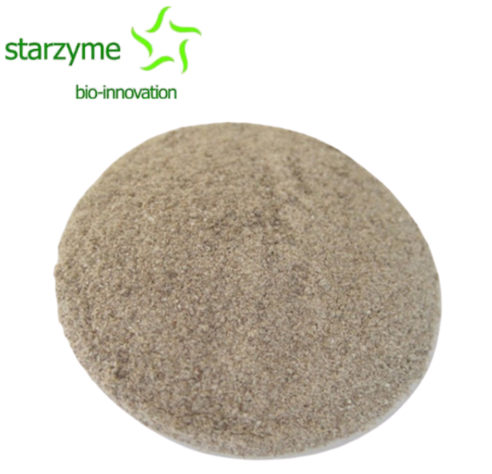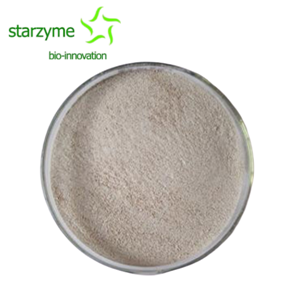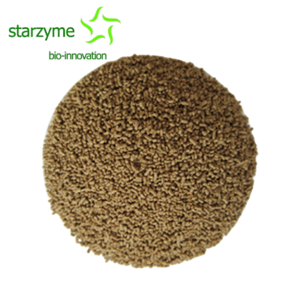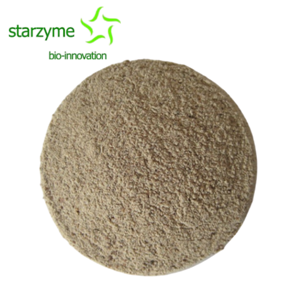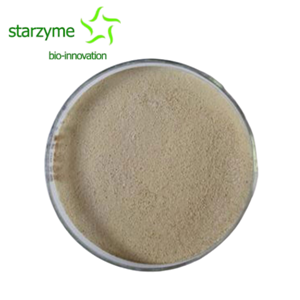Aplicação da Protease Alcalina na Pecuária Parte 2
4. The Mechanism of Action of Alkaline Protease
The mechanism of action of alkaline protease in animal husbandry mainly includes the following aspects:
4.1 Hydrolyzed Protein
Alkaline protease can hydrolyze proteins in feed, converting them into small molecule peptides and amino acids that are more easily digested and absorbed by animals. These small molecule substances have higher bioavailability and can be absorbed and utilized by animals more quickly, thereby improving the utilization rate of feed.
4.2 Decomposition of Anti-Nutritional Factors
There are some anti-nutritional factors in feed, such as phytic acid, cellulose, etc., which can interfere with animals' digestion and absorption of nutrients. Alkaline protease can break down these anti nutritional factors, reduce their negative impact on animal intestines, thereby improving feed utilization and animal production performance.
4.3 Promoting the Reproduction of Beneficial Bacteria
Alkaline protease can promote the proliferation of beneficial bacteria in animal intestines and inhibit the growth of harmful bacteria. Beneficial bacteria can produce various beneficial substances, such as vitamins, enzymes, etc., to promote the growth, development, and health of animals. Meanwhile, beneficial bacteria can also inhibit the growth of harmful bacteria and reduce the occurrence of intestinal diseases in animals.
5. Factors Affecting the Application Effect of Alkaline Protease
The application effect of alkaline protease in animal husbandry is influenced by various factors, mainly including the following aspects:
5.1 Feed Composition
Feed composition is one of the important factors affecting the application effect of alkaline protease. There are differences in protein content, amino acid composition, and anti-nutritional factor content among different feed ingredients, which can affect the hydrolysis efficiency and utilization rate of alkaline protease. Therefore, when selecting it, it is necessary to choose and optimize according to the characteristics of feed ingredients.
5.2 Animal Species and Growth Stages
There are differences in the nutrient requirements and digestion and absorption abilities of different animal species and growth stages. Therefore, when applying alkaline protease, it is necessary to select and adjust according to the characteristics of animal species and growth stages. For example, when adding it to piglet feed, it is necessary to consider the digestive physiological characteristics and nutritional needs of piglets; When adding alkaline protease to broiler feed, it is necessary to consider the growth and development patterns and nutritional requirements of broiler chickens.
5.3 Feeding Environment and Management Level
The feeding environment and management level can also affect the application effect of alkaline protease. A good breeding environment and management level can improve the health and digestive absorption capacity of animals, thereby fully utilizing the role of alkaline protease. Therefore, when applying alkaline protease, attention should be paid to improving the feeding environment and management level.

